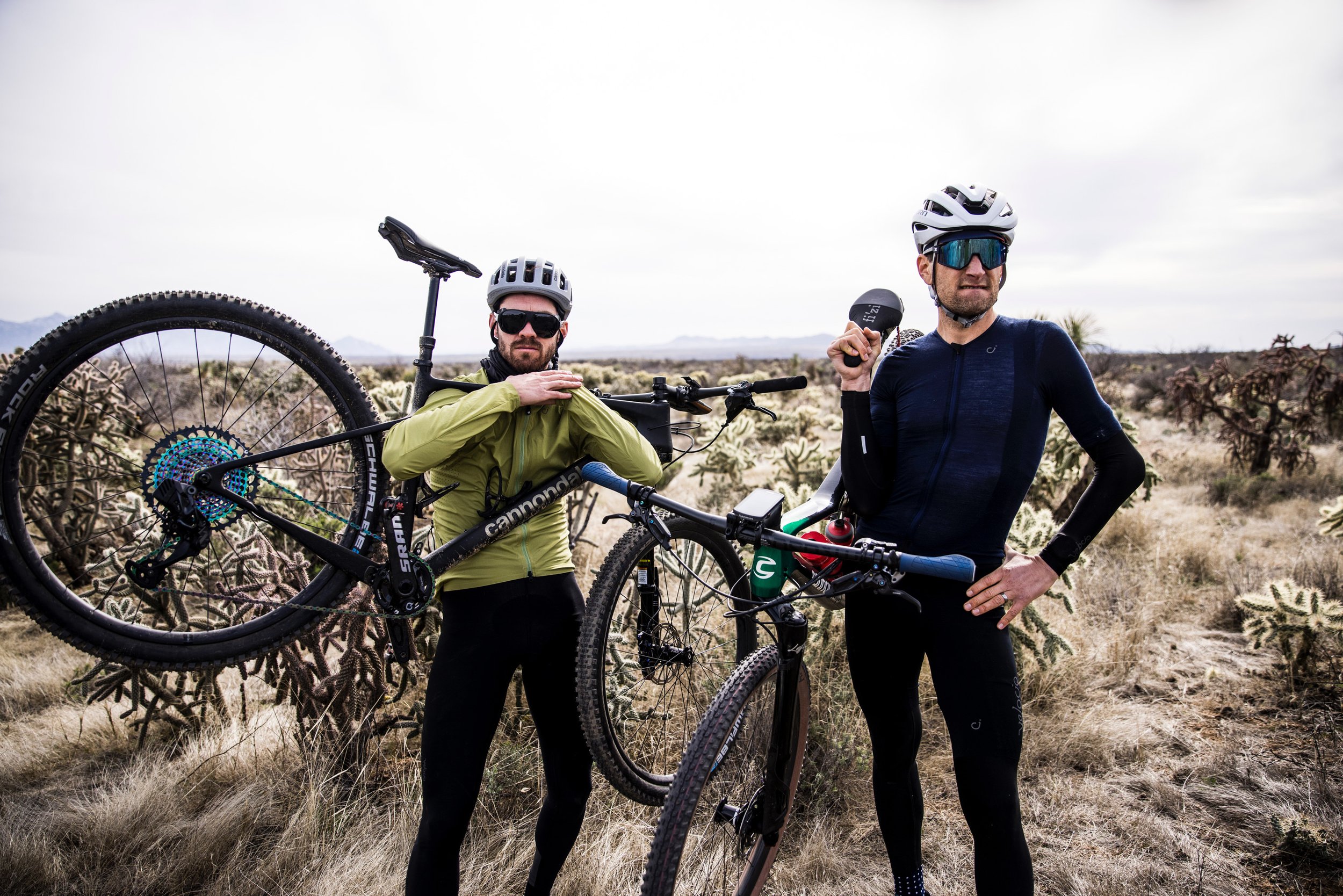The Silent Treatment
Some people grit their teeth. Some cry. Some talk about it. Some people stay silent. When you’re hit with pain — chronic pain, long lasting pain, pain that doesn’t show signs of going away — there are any number of ways people react. While it’s safe to say I take a page out of each of these reactions, more than any I tend to keep quiet and not broadcast much of what’s going on.
I haven’t been public about my setbacks lately. With broken bones it’s nearly inevitable that they’ll end up as an x-ray on social media. The expectation is the athlete will take some time off, mount a comeback, train like mad, and come storming back to the scene. That’s boilerplate stuff.
On the opposite end of the silent route is talking about it. Payson McElveen recently became aware of the extent of what was going on with me for the better part of the past two years and asked if I’d be interested in sharing. After quite a bit of deliberation I decided to take him up on it since the stuff I’ve experienced is not boilerplate and there are probably people out there who could benefit from hearing my experiences. If you’re up for it, I did a podcast with Payson explaining the injuries, woes, and other visits to the ER that have kept me from where I’d prefer to be and where I know I’d otherwise be.
Hint: it includes a fascinating tale with a chest tube!
There is one setback that I do want to look at with a bit more of an analytical eye, because I’ve been surprised how long the symptoms… that is, pain, have lingered. In my most recent bout with the ground, I was racing the 24 Hours in the Old Pueblo. Sometime around 10pm, I launched myself and hit my back flat onto the terra very firma at a high rate of speed. I didn’t have more than about a square inch of road rash, so that was brunt force trauma square to the back. Again, for a more detailed account, the podcast with Payson does the trick.
Just a couple of dudes hanging out in the desert. Alex Howes, left, and yours truly, right, on the eve of 24 Hours in the Old Pueblo.
Photo credit: Gretchen Powers
Have you broken ribs before? I sure have. It sucks, perhaps most comically, because there’s nothing to be done about it. I’ve cracked ribs a handful of times in my life and there are two things I notice. One, the fractures are usually down to my side by where my elbow touches my torso. The other thing I notice is that these fractures are often accompanied by a broken collarbone or other “bigger” injury where the ribs don’t get much sympathy because there’s something else garnering all the attention. As a result, the ribs are quickly forgotten as I go about healing from the more substantial injury.
This injury, however, was different from what I’ve experienced in the past because A) I broke no fewer than a half dozen or more ribs this time around with many of the fractures on the back of my torso and B) this was the only injury so all I could do was wallow in upper body pain.
Let me take a moment to recognize the irony of starting this blog by stating I’m one to quietly suck it up and yet here I am writing a 1,000 word essay on my pain. Maybe it’s good to veer from the norm now and again. More than anything I suppose I’m fascinated with the human body, its ability to heal, and how this injury has dragged on for so long.
If I were to pontificate on the particularities, here I am now zeroing in on nine weeks since the accident and only recently am I rounding the bend. It no longer makes me wince with shocking pain when I sneeze or sit up from bed. Oddly — or maybe conveniently — as to be expected, I struggled with riding initially, but soon was able to ride without it being terribly painful. Instead, it was the “life movements”, likely enhanced by raising two little kids, that hurt the most. As a subscriber to movement is medicine, perhaps there were times I wanted to just lay in bed, but that’s not really my MO, therefore being forced to take care of the kids, build a dollhouse, tote a nine-month around, is just the therapy I needed and looked forward to. As an example of not quite keeping it chill, two weeks after the accident, our family went skiing — yep, nine month old and three year old kids included. Hunched over to ironically keep the kids vertical, with a back full of aching broken ribs, now THAT was painful.
Anecdotally
I look back at the past two months and can tell a story of sleeping terribly. In the best of times, I sleep like an egg beater. Meanwhile, sleeping on my back became horrible because that’s where most of the fractures are. Rolling side to side is enough to make me wake up like a rocket thanks to shooting pain. Suffice it to say it’s been a rough many dozens of nights.
I’ve been able to look at my WHOOP for help measuring some otherwise difficult-to-measure metrics. For reference, the 24HOP was February 18. During the month of January leading up to the race my sleep efficiency was a zesty 90%; that is, the amount of time spent in bed where I’m actually asleep. Fast forward to the two week period following my crash it dropped more than ten percent. That’s a considerable increase of time flailing in bed.
It’s been really cool to see my body’s reaction as it heals. My resting heart rate, for example, went from a lethargic low 40 beats per minute all the way up to 52 over the first month following the crash. Similarly, my respiratory rate was 16.1 breaths per minute, but then jetted up to 17.9. My WHOOP tallied an abnormally high body temperature a whole handful of times as I sweat myself through a night of sleep. “Sleep”. More blood flow, more oxygen, more things happening.
In a time when I figured I’d start to feel at least a hair bit better into early March, I was surprised plodding through this lengthy streak of being sub-optimal. Looking especially at the start of my recovery score below, 16 out of 18 days in a row I was at or below a yellow recovery score, which is absurd! Call it my optimism over realism, I wanted more days in the green than I was experiencing. I wasn’t yet back to formal workouts, I was letting my body heal, despite my best efforts, I was still feeling very blah.
Here’s a three month snapshot of my strain where you basically see me with a decent amount of activity in January and early February, hitting the deck where I did nothing in the immediate aftermath, and then trying to start moving again. Nothing earth shattering here, but it’s helpful for me to see.
What’s my point here?
A whole lot of cycling is routine. Train, eat, sleep, repeat. The process of healing follows a similar pattern; rest, eat, sleep, repeat. There are tangible metrics to gaining fitness like seeing an increased FTP or lowering resting heart rate. Recovering from an injury, however, enters a world of wishy washy subjective feelings. “I think I feel better today.”
Putting a tangible metric on something subjective like pain is never going to be simple. It’s somehow been reassuring for me to explore these metrics that echo my feeling like garbage and then especially seeing metrics showing my body on the mend.
More than anything I suppose I’m fascinated with the human body, its ability to heal, and how this injury has dragged on for so long. Overlapping the measurement of fitness with the measurement of recovery, I can see my fitness increase inverse to my pain. I’m still far from 100% but that’s a goal I’m chasing and it makes me eager to get on my bike every day. It’s still a long season, so as I tell the athletes I coach, trust in the process.
Candidly speaking, I love my WHOOP. If you’re interested in checking them out, be sure to visit this site to get your device and the first month for free.



